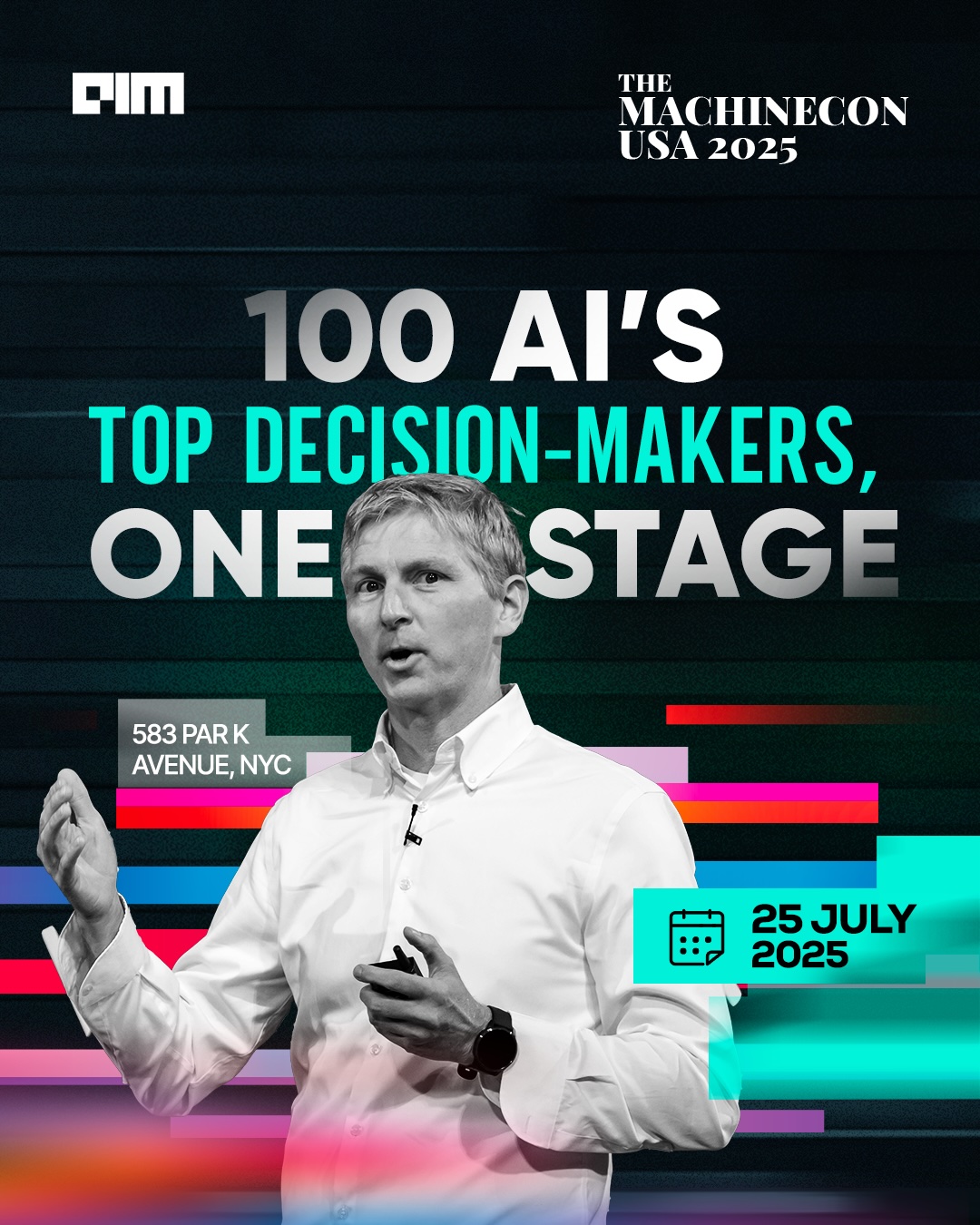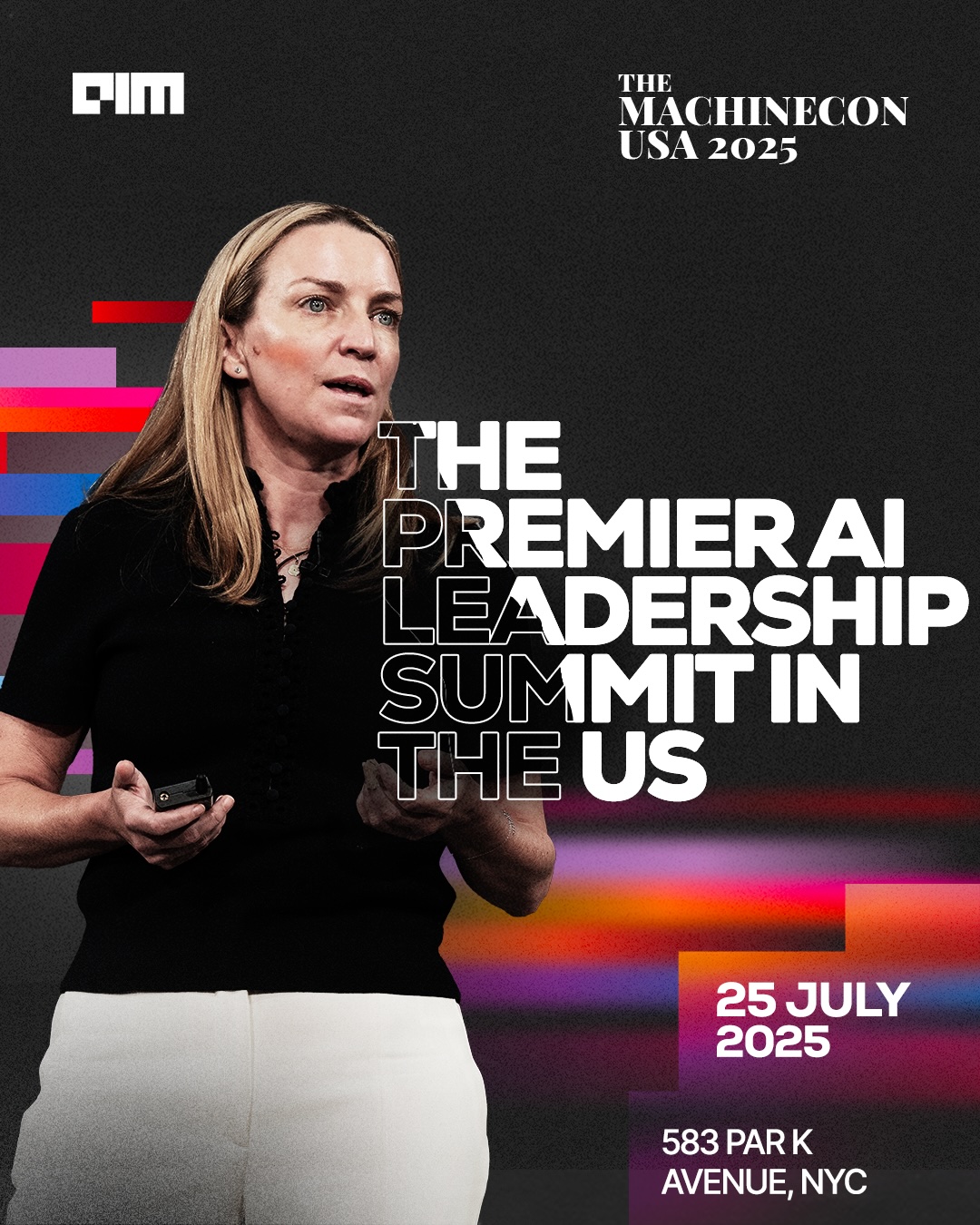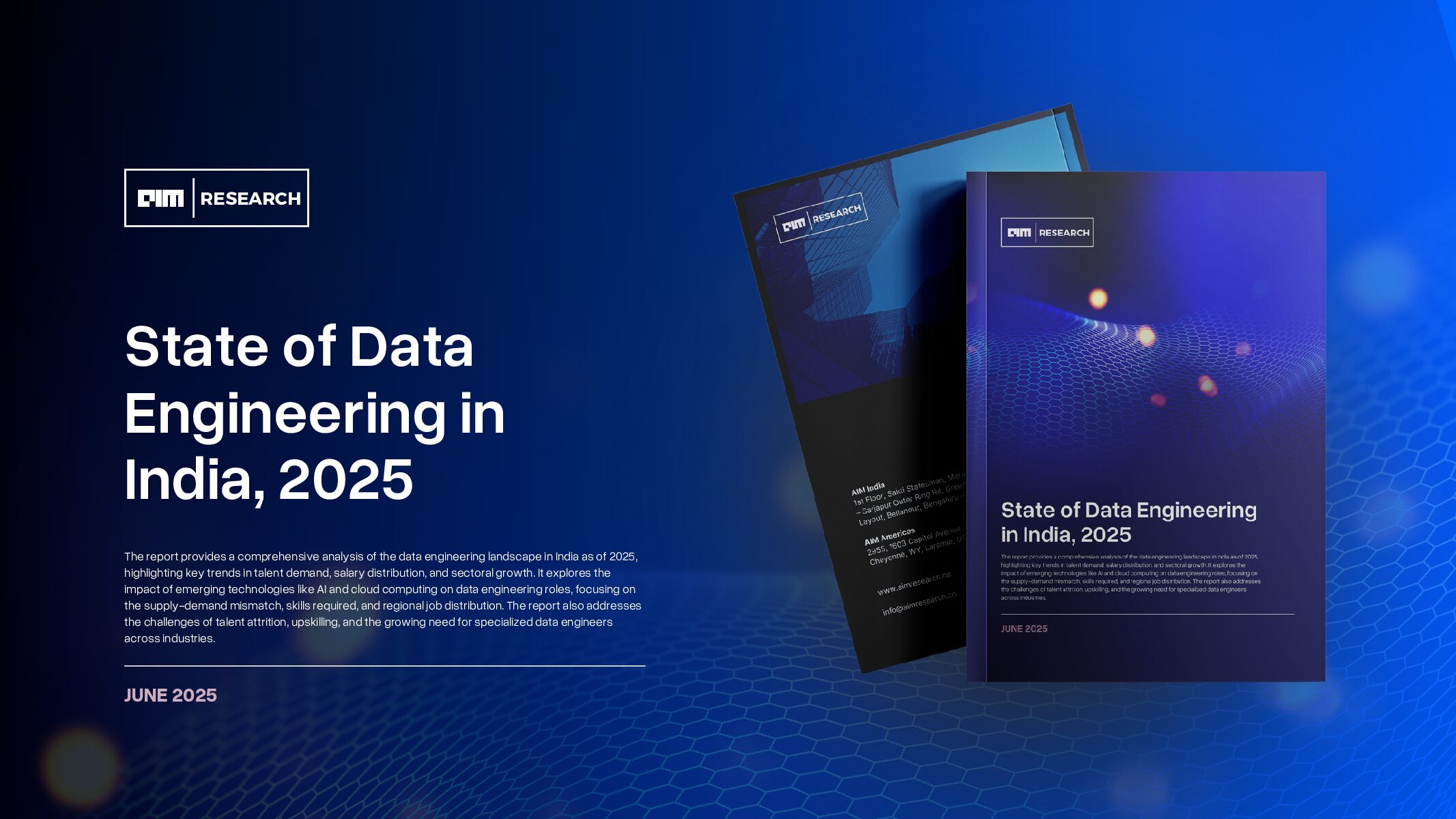“AI is the next frontier, but making it accessible is where the real challenge lies,” said Luis Ceze, co-founder and CEO of OctoAI. It’s a bold statement, but one that perfectly encapsulates the mission behind OctoAI’s rise. What began as an academic project at the University of Washington quickly transformed into a company that’s now at the heart of the generative AI revolution.
Originally known as OctoML, the company’s focus was optimizing machine learning models for multiple hardware platforms. Fast-forward to 2023, and OctoAI stands as one of the leading players in the generative AI field, providing tools to make large language models (LLMs) accessible to businesses of all sizes. From text generation to customized AI deployments, OctoAI’s journey is nothing short of a masterclass in adaptation.
A Vision Born from Apache TVM
In 2019, AI pioneers Luis Ceze, Tianqi Chen, Jared Roesch, Jason Knight and Thierry Moreau, set out to address a growing problem in the AI world: how to make machine learning models scalable and optimized for different hardware. Their solution? Apache TVM, an open-source machine learning compiler that quickly became the gold standard for optimizing deep learning models.
What made Apache TVM revolutionary was its ability to remove the need for developers to manually tune their AI models for various hardware environments—whether it was CPUs, GPUs, or even edge devices. This innovation became the bedrock for what would soon be known as OctoML, a company focused on simplifying and automating model optimization.
However, as AI technology evolved, the team realized that model optimization was just the beginning. The world was on the verge of a generative AI explosion, with models like GPT-3 and DALL-E proving that AI could create, not just analyze. Recognizing this shift, OctoML rebranded as OctoAI in 2023, positioning itself as a leader in this new frontier.
The Pivot: Embracing Generative AI
“We saw the writing on the wall,” Ceze recalled in a recent interview. “Generative AI wasn’t just a trend—it was the future of how businesses would interact with technology, from creating content to automating processes.”
This realization led to a fundamental shift in OctoAI’s strategy. No longer satisfied with being a model optimization company, they expanded their platform to help businesses deploy generative AI models with ease. Their vision was to create a developer-first experience, where even non-experts could leverage the power of large language models (LLMs) without the heavy technical burdens traditionally associated with AI deployment.
OctoAI’s product lineup became centered around tools that allow companies to integrate generative AI into their workflows seamlessly. At the core of this transformation was the OctoStack platform, designed to deploy and run AI models in private cloud environments. Businesses could now manage their AI infrastructure in-house, allowing them to maintain data sovereignty and security—critical factors for sectors like finance, healthcare, and legal services.
OctoStack and the Power of Private LLMs
A cornerstone of OctoAI’s offering is OctoStack, a highly customizable platform that allows businesses to deploy generative AI models securely and scalably. Whether it’s running open-source models like Llama 2 or proprietary generative models, OctoStack provides the flexibility companies need to innovate without being shackled by infrastructure concerns.
The platform isn’t just powerful—it’s fast. OctoAI recently enhanced its text generation capabilities, achieving an impressive 169 tokens per second on popular models like Code Llama 34B. “It’s not just about access,” explained Ceze, “It’s about giving our customers the speed and efficiency they need to scale their AI operations.”
To foster innovation, OctoAI introduced the Model Remix Program, encouraging developers to experiment with different LLMs, including their own in-house creations. This program allows developers to test, tweak, and deploy models that fit their unique business needs, giving them the freedom to explore the full potential of generative AI.
Scaling Challenges and Industry Disruption
However, success doesn’t come without challenges. “Scaling generative AI is not just about building powerful models—it’s about infrastructure,” said Ceze. “The hardware-software synergy is crucial.” This acknowledgment of complexity is what differentiates OctoAI from other players in the field. Instead of providing just models, they offer a full-stack solution that includes infrastructure management, scaling, and performance optimization.
Their clients, spanning from Fortune 500 companies to fast-growing startups, have embraced OctoAI’s model remixing capabilities, allowing them to fine-tune AI outputs to meet business-specific requirements. Additionally, OctoAI has made it more affordable to deploy fine-tuned large language models—a key competitive advantage.
But their ambitions don’t stop at model optimization or generative content. OctoAI is delving into private large language models (LLMs), allowing enterprises to operate AI tools within their own secure ecosystems, away from the risks of public cloud services. This is particularly attractive to industries dealing with highly sensitive data, such as healthcare, finance, and government.
The Acquisition Rumors: Nvidia Eyes OctoAI
OctoAI’s success has not gone unnoticed. Rumors have surfaced that Nvidia, a dominant force in AI hardware, is in advanced talks to acquire OctoAI for a reported $165 million. The potential acquisition could provide Nvidia with a robust AI software portfolio, complementing its industry-leading GPU technology. For OctoAI, this partnership could accelerate its development cycles and help the company push further into generative AI’s cutting-edge use cases.
However, the rumored price tag has raised some eyebrows. OctoAI was valued at $900 million as recently as 2021, making the $165 million acquisition figure seem conservative. Employees and early investors may have expected more from the company’s trajectory, but a deal with Nvidia would nevertheless solidify OctoAI’s place in the broader AI ecosystem.
While Ceze has remained tight-lipped about the potential acquisition, he has hinted at what’s next for the company. “Our focus remains on our customers,” he said. “No matter what happens, we are committed to helping businesses harness the power of generative AI in a secure and scalable way.”
Private AI and Global Expansion
The future for OctoAI is filled with potential. The company has already begun its journey into private LLMs, a move that positions them as leaders in secure, enterprise-grade AI deployments. These private models are crucial for organizations that handle sensitive data, providing them with all the benefits of generative AI without the privacy concerns of public cloud services.
Another future-facing initiative involves expanding OctoAI’s presence globally. Ceze has expressed his interest in growing the company’s developer community through educational content, workshops, and tutorials aimed at demystifying AI. “We want to build the tools that make AI accessible to all,” he said. This includes collaborations with international partners and expanding the platform’s language support for non-English-speaking markets.
Looking forward, OctoAI also has plans to introduce more industry-specific solutions, including healthcare, where AI has the potential to transform everything from patient diagnostics to personalized treatment plans. Ceze believes that industries like healthcare and manufacturing are on the brink of an AI revolution, and OctoAI plans to be there when it happens.
Shaping Tomorrow’s AI Landscape
From their early days optimizing models at the University of Washington to their current role as leaders in the generative AI space, OctoAI’s journey is a testament to the transformative power of innovation. With private LLMs, a developer-centric platform, and a focus on scalability and security, OctoAI is set to continue shaping the future of AI. Whether they remain independent or become part of Nvidia’s growing portfolio, one thing is certain: OctoAI is defining the future of AI, one breakthrough at a time.























